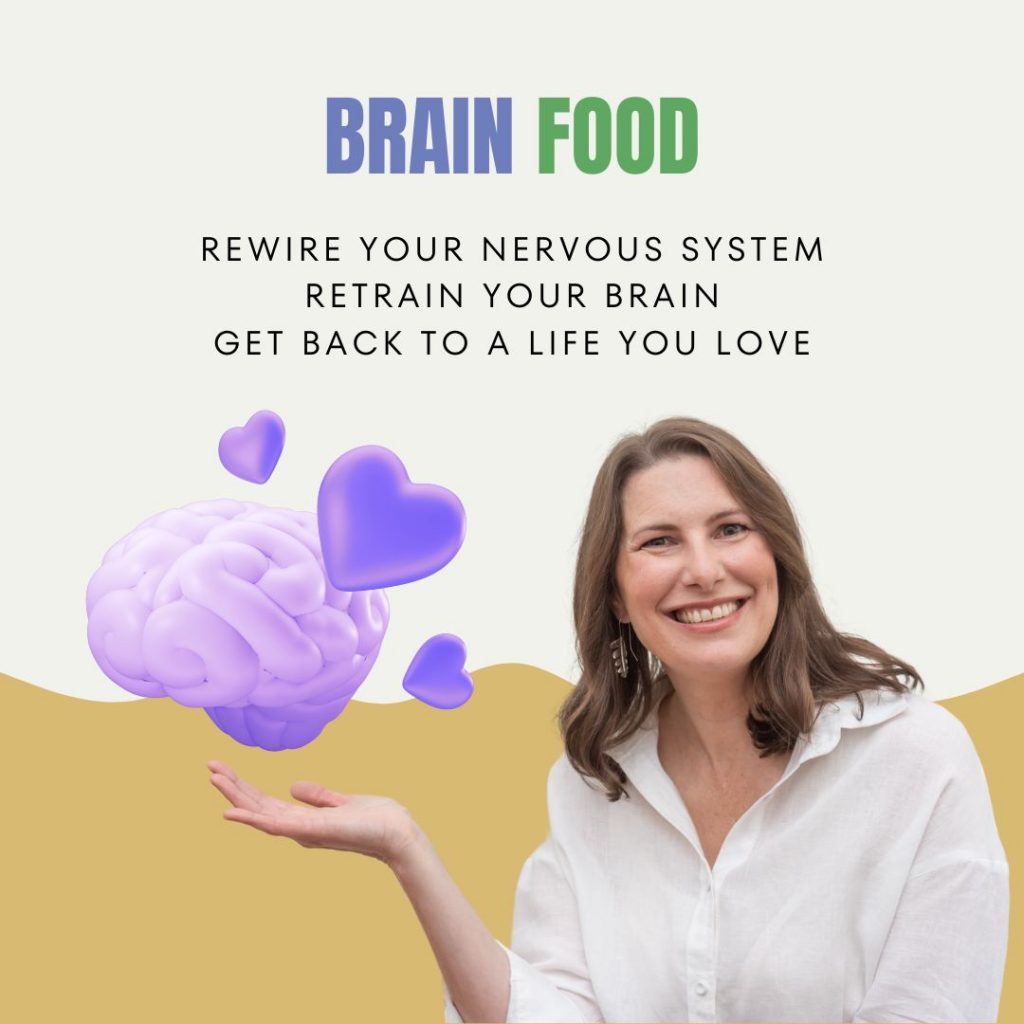Reflux can feel like burning in the chest, a sour taste in your mouth, or a gnawing discomfort that sticks around long after meals. But if you have histamine intolerance, it is rarely just about food. There is often a deeper story involving your nervous system, digestion, and how your body responds to stress.
In part one of this two part series, we are looking at reflux through the lens of histamine sensitivity. You will learn why it happens, what the vagus nerve and stress have to do with it, how SIBO plays a role, and what you can do using simple, gentle tools to start feeling better. If you have adjusted your diet and still experience symptoms, this is for you.
What is reflux and why does it show up
Reflux happens when stomach acid moves upward into the oesophagus. You might feel it as heartburn, bloating, burping, or that heavy uncomfortable sensation in your chest. Some people get a sore throat or feel like there is a lump in their throat after meals.
But it is not always about excess acid. People with histamine intolerance often have low stomach acid, which slows digestion and allows food to sit in the stomach longer. That leads to pressure and gas buildup, which can push acid upwards.
The goal is not to eliminate acid entirely, but to support healthy digestion and reduce the pressure that causes it to escape.
SIBO and reflux, a common pairing
Small intestinal bacterial overgrowth, or SIBO, is often found alongside both reflux and histamine intolerance. SIBO occurs when bacteria that should stay in the large intestine move into the small intestine and begin to ferment food too early in the digestive process.
This fermentation produces gas and bloating, which can increase abdominal pressure and push stomach contents upward. It also contributes to inflammation in the gut, weakens the digestive barrier, and may increase histamine production or reduce its breakdown.
If you experience both reflux and histamine-related symptoms, or have noticed you react to high FODMAP foods, SIBO may be worth exploring.
For more information on the connection between SIBO and histamine intolerance, you might find these articles helpful:
The nervous system piece, calm body, calm digestion
The lower oesophageal sphincter is a small muscular valve that sits between your oesophagus and stomach. Its job is to open when food arrives and close to keep acid in the stomach.
This valve is controlled by the vagus nerve, which is part of the parasympathetic nervous system. When your nervous system is calm, digestion functions better and the valve is more likely to stay closed.
Under stress, your body moves into a fight or flight state. The vagus nerve becomes less responsive, and digestion slows down. This can result in the valve staying slightly open, allowing acid to rise into the oesophagus.
Histamine plays a role here too. As a neurotransmitter, it influences the nervous system. If your histamine levels are high, your system may stay in a constant state of alert, which can impact digestion and increase reflux.
To read more about this link, see: Anxiety and Histamine – Are they connected?

Stuck dealing with confusing, frustrating and chronic symptoms and can’t seem to figure out why?
Join BrainFood and learn how to use the latest Neuroscience to help your body heal.
Use easy tools to reduce symptoms, calm anxiety, improve sleep, increase tolerance to foods and activities and get better results from treatments.
Diaphragmatic breathing, how it can help
One of the most effective non-medication supports for reflux is diaphragmatic breathing. This gentle breathing technique helps strengthen the diaphragm, improve vagus nerve tone, and support digestion.
You can try this after meals:
- Sit comfortably with one hand on your chest and one on your belly
- Inhale slowly through your nose and allow your belly to rise
- Exhale gently through your mouth and feel your belly fall
- Aim for a rhythm of four counts in, six counts out
- Continue for five to ten minutes
This helps bring your nervous system into a more restful state and supports the natural function of the oesophageal sphincter. Tools like this and more are in our BrainFood Program.
Herbs that soothe without triggering histamine
Certain herbs may help reduce reflux symptoms, especially when they are mucilaginous or calming. However, people with histamine intolerance need to be selective, as not all herbs are well tolerated.
These herbs are generally considered gentle and supportive:
- Marshmallow root helps coat and protect the oesophageal lining
- Chamomile tea is calming and may ease both digestive and nervous tension
- Slippery elm is soothing for the gut and oesophagus
Try herbal teas between meals. Start small and observe how your body responds.
Simple lifestyle shifts that support digestion
The way you eat and structure your day can make a real difference when it comes to reflux. These small changes support the body’s natural processes and help reduce symptom frequency:
- Avoid drinking large volumes of water with meals
- Wait an hour after eating before having a full glass of water
- Stay upright for two to three hours after meals
- Elevate the head of your bed slightly (around 5 inches), to reduce reflux at night
- Chew food slowly and eat in a relaxed setting
- Avoid tight clothing that puts pressure on your stomach
To support your daily rhythm, you might also find this article useful: Self-Care with Histamine Intolerance
Histamine and reflux, a two-way street
Histamine and reflux can feed into each other. High histamine levels may increase inflammation in the gut lining, making reflux more likely. Reflux, in turn, irritates the oesophagus and digestive lining, which can trigger further histamine release.
When you are already dealing with nervous system stress, digestive issues, or environmental overload, reflux can feel like the final straw.
This is why addressing nervous system support, gut health, and digestive flow is so important. It allows you to create a more stable foundation that supports all areas of your health.
What to do next
If reflux is part of your picture, start with one or two manageable shifts. Consider:
- Doing diaphragmatic breathing after meals
- Trying a soothing tea between meals
- Staying upright after eating
- Raising the head of your bed slightly
- Slowing down when eating and chew well
- Looking into underlying drivers like SIBO or nervous system overload
Each of these steps supports the body gently, and together they can reduce symptoms over time.
Coming up next month in Part 2: Silent Reflux
In part two of this series next month, we will look at laryngopharyngeal reflux, also known as silent reflux. Unlike classic reflux, this type does not always involve heartburn. It may show up as a chronic cough, a sore throat, voice changes, or a sensation of something stuck in your throat.
It is often missed or misdiagnosed, especially in people with histamine or vagus nerve dysregulation. We will look at what causes it, how to identify it, and what can help calm and support the body.
Struggling to get answers about your histamine intolerance symptoms?
Watch my free Masterclass – The 5 Steps to Healing from Histamine Intolerance.
You will learn my 5-Step plan, the exact same method I used to recover from histamine intolerance. These 5 steps everyone with histamine intolerance must know to resolve all those confusing symptoms and get back to eating foods you love without fear!


 How histamine affects your sleep (and what to do about it)
How histamine affects your sleep (and what to do about it)